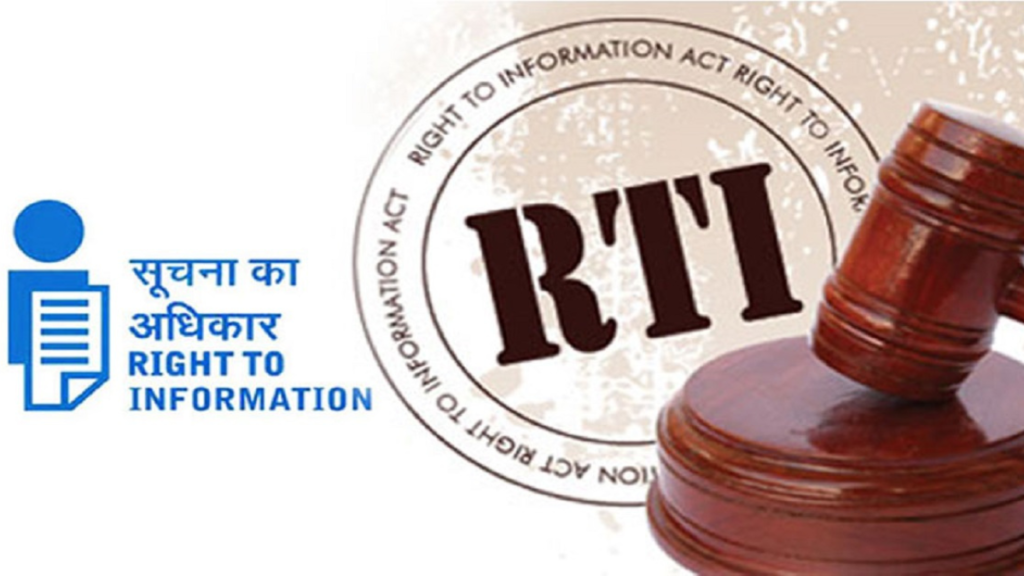
The Right to Information Act, a landmark piece of legislation, gave Indian citizens the ability to submit requests for information to all levels of government, including the Union, State, and Local, as entities that receive government funding. This Act provides broad access to information with few exceptions. The RTI essentially arose as a manifestation of the desire to strengthen democracy and make it more inclusive globally while moving the political process gradually towards participatory democracy. The system went into service on October 12th, 2005.
RTI has given Indian citizens the ability to request information from the government, making the government and its employees more responsible and accountable. India brought the Act into action within a short period of time, unlike many other nations that required years to do so after it was passed. This period of time was insufficient to alter government employees’ perspectives, construct new infrastructure and procedures, and increase the capacity for information delivery in accordance with this Act.
RTI has given people more power by allowing them to make decisions every day rather than just once every five years. The power of information lies with the bureaucracy. The Act has made it easier for the people and the government to share authority. It has improved democracy. It has contributed to the culture of public hearings and social audits, which make corrupt officials responsible for their actions. According to the Act, the CAG has begun to include social audits in audits formally. More transparency in how government policies and programmes are carried out has led to better implementation of those policies and programmes as a result. After the RTI Act was passed, overall governance improved. This results from the exposure of frauds like 2G and coal gates.
The RTI Act has demonstrated that it is in line with good governance by continuously maintaining a check and balance on government operations. In addition to altering the structural-functional relationship between the government and the populace, the right to knowledge has also caused a change in how citizens behave. There aren’t many cases of blackmailers using information, obviously. One of the most well-known catchphrases of the so-called eccentrics is “We will file an RTI application.” The mere existence of these examples of misuse and abuse can be reason enough to call into doubt the virtue and grandeur of RTI. Unquestionably, the Right to Information Act is significant and has the ability to permanently alter the balance of power in India by delegitimising governments and other strong institutions and giving the people more control over their own lives. In order for this potential to be realised, the RTI regime will need to be strengthened significantly more in the upcoming years. The onus is on both the institutions and the people to realise the true purpose of RTI.